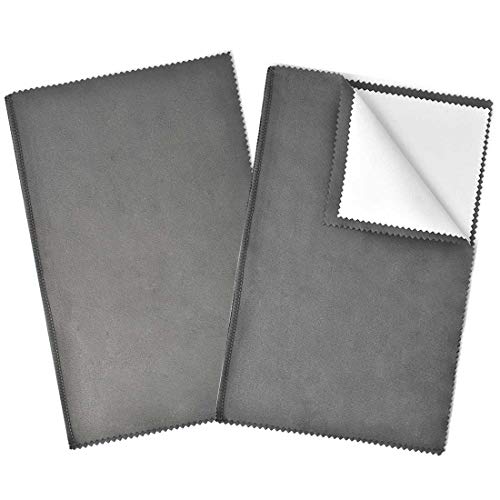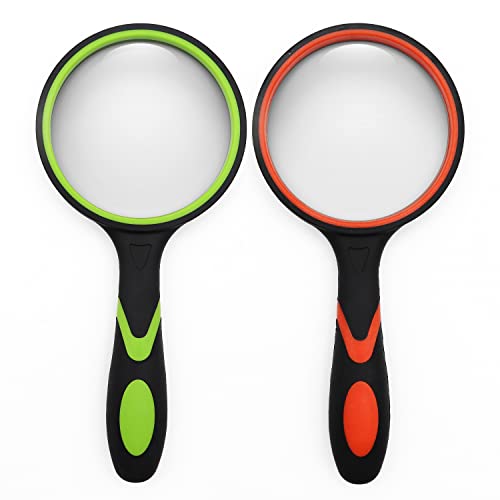The step-by-step guide “How to check the movement quality of a meteorite watch?” provides easy-to-follow instructions for assessing the movement quality of a meteorite watch. This is important to ensure that the watch is functioning properly and maintaining accurate time. By following the steps in the guide, you can confidently check the movement quality and identify any issues that may need to be addressed.
Glistening Timepieces from the Stars
Step 1: Prepare the necessary tools
Gather a watchmaker’s loupe, a non-magnetic tweezers, and a timegrapher for checking the movement quality of a meteorite watch. The watchmaker’s loupe will help you examine the intricate details of the watch movement, while the non-magnetic tweezers will allow you to handle delicate components without causing any damage. The timegrapher will help you assess the accuracy and performance of the watch by measuring its beat rate and amplitude.
Step 2: Examine the dial and hands
Inspect the dial and hands of the watch thoroughly. Check for any signs of visible damage or misalignment. Look closely for scratches, discoloration, or loose hands, as these can be indicators of underlying problems with the watch’s movement. Take your time and carefully examine every detail to ensure you don’t overlook any potential issues.
Step 3: Check the crown and winding mechanism
To test the crown and winding mechanism, gently grip the crown between your thumb and index finger. Pull the crown out towards you in a smooth and controlled motion. It should come out easily without any resistance. Next, push the crown back in gently until it is fully seated. It should go back in smoothly without any sticking or difficulty. To test the winding mechanism, rotate the crown in a clockwise direction. It should wind the watch smoothly without any resistance or skipping. If there is any difficulty or abnormality in either the crown or winding mechanism, it is advisable to consult a professional watchmaker for further inspection and repair.
Step 4: Evaluate the movement accuracy
Use a timegrapher to assess the movement accuracy of the watch. Place the watch on the timegrapher’s sensor pad and ensure that it is securely in place. Activate the timegrapher, then observe the measurements displayed on the screen, including the beat rate, amplitude, and beat error. Analyze the values to determine whether they fall within acceptable ranges for optimal movement accuracy.
Step 5: Check for magnetization
- Use non-magnetic tweezers to test magnetization.
- Gently bring the tweezers close to the watch’s movement.
- Observe if the hands start to move or if the watch gains or loses time.
- If any of these occur, the watch may be magnetized.
Step 6: Inspect the balance wheel
Carefully examine the balance wheel of the watch. Look closely for any signs of irregularities or inconsistencies in its movement. For example, observe if the wheel oscillates evenly and smoothly, without any wobbling. If you notice any wobbling or inconsistent movement, it may indicate a problem with the movement of the watch.
Step 7: Assess the power reserve
- Wind the watch fully by turning the crown clockwise until it feels tight.
- Observe how long the watch runs before it stops.
- A good quality movement should have a decent power reserve, typically lasting at least 24 hours.
Step 8: Listen for any unusual sounds
Hold the watch close to your ear and carefully listen for any ticking or grinding sounds. Pay close attention to any unusual noises as they may be a sign of problems with the movement, such as worn-out gears or loose components. Take your time to ensure that you thoroughly assess the sounds and make a note of any abnormalities you encounter.
Step 9: Seek professional assistance if needed
If you encounter any significant issues or are unsure about the movement quality of your meteorite watch, take it to a professional watchmaker for further assessment and repair. Ensure to explain the problem in detail and provide any relevant information about the watch’s history. Follow the watchmaker’s advice and recommendations for necessary repairs or maintenance to ensure the longevity and proper functioning of your valuable timepiece.
Final thoughts on meteorite watches
In conclusion, properly assessing the movement quality of a meteorite watch is essential for its performance and longevity. By following the steps outlined in this blog post, you can ensure that your watch functions accurately and maintains its value over time. Don’t overlook the importance of regularly checking the movement of your meteorite watch.
Necessary Tools/Equipment
Quality Check Tips
Can you identify the counterfeit Rolex? Unveiling the most stunning fake!
Instructions for Operating Meteorite Watches
- Familiarize yourself with the different types of meteorite watches available in the market
- Understand the key components of a meteorite watch, including the dial, hands, case, strap, and movement
- Choose a meteorite watch that suits your style and preferences. Consider factors such as size, design, color, and functionality
- Learn how to properly wind and set the time on your meteorite watch. Consult the user manual or contact the manufacturer for specific instructions
- Handle the watch with care to avoid scratches or damage. Store it in a suitable watch box or pouch when not in use
- Regularly clean the meteorite watch using a soft, lint-free cloth to maintain its appearance and prevent dirt or dust buildup
- Consider getting your meteorite watch serviced by a professional watchmaker every few years to ensure proper functioning and longevity
Frequently Asked Questions about Meteorite Watches
Are all meteorites suitable for making watches?
No, not all meteorites are suitable for making watches. Meteorites are classified into different types based on their composition, and only certain types are suitable for use in watchmaking. One popular type used in watches is called Gibeon meteorite, which is composed mainly of iron and nickel. Its unique Widmanstätten pattern, caused by its crystalline structure, gives a distinctive appearance to the watch dials or bezels. Other meteorite types may not have suitable qualities or characteristics required for watchmaking, such as the desired metal composition or aesthetic appeal. So while some meteorites can be used, it is not universally applicable to all meteorites.
What types of meteorites are used in watchmaking?
There are several types of meteorites that are used in watchmaking. One of the most common is the Gibeon meteorite, which landed in Namibia around 4 billion years ago. Gibeon meteorite is composed mainly of iron and nickel and is known for its distinctive Widmanstätten pattern, which is a unique crystalline structure that forms when the meteorite cools slowly over millions of years.
Another popular meteorite used in watchmaking is the Muonionalusta meteorite, found in Sweden. Similar to the Gibeon meteorite, Muonionalusta also features the Widmanstätten pattern and has a high iron and nickel content.
Certain luxury watch brands also incorporate meteorite dials made from other rare meteorites like the Seymchan meteorite, Sikhote-Alin meteorite, and Campo del Cielo meteorite. These meteorites offer different patterns and compositions, providing unique aesthetics to the watch dial.
The use of meteorites in watchmaking is favored due to their rarity, historical significance, and the extraordinary patterns they exhibit. The unique nature of these meteorites adds a captivating and distinctive element to the design of high-end watches.
Are there any famous brands or designers known for creating meteorite watches?
Yes, there are several famous brands and designers known for creating meteorite watches. One notable brand is Rolex, which has released limited editions of their Cosmograph Daytona model featuring meteorite dials. Another renowned brand is Omega, which has incorporated meteorite dials in their Speedmaster and Seamaster collections. Jaeger-LeCoultre and TAG Heuer are also known for utilizing meteorite materials in their watch designs. These brands and designers often use slices of authentic meteorite, typically sourced from outer space, to create unique and visually striking timepieces.
How are meteorite watches made?
Meteorite watches are made by incorporating fragments of meteorites into the design of the watch. To create these unique timepieces, watchmakers source meteorite material, which is typically composed of iron-nickel alloys. Once the meteorite has been identified and obtained, it undergoes a series of processes to transform it into a watch component.
First, the meteorite is cut into thin slices to reveal its internal crystalline structure, often displaying a distinctive Widmanstätten pattern, formed over millions of years in space. These slices are then meticulously polished to enhance the meteorite’s visual appeal.
The prepared meteorite slices are then carefully shaped and fitted into specific watch parts, such as dials or bezels. Craftsmen often combine meteorite fragments with other materials like precious metals or gemstones, creating a captivating contrast between the extraterrestrial material and traditional watch components.
The employed meteorite fragments are usually treated to prevent oxidation and maintain their natural appearance. Additional processes may include etching the meteorite to accentuate its texture or coating it with protective layers to preserve its integrity.
Finally, the watch components are assembled, and the meteorite elements are integrated into the overall design. The resulting meteorite watches not only possess an otherworldly allure but also serve as unique markers of time, encapsulating a piece of the cosmos on the wearer’s wrist.
Can you engrave or personalize the back of a meteorite watch?
Yes, it is possible to engrave or personalize the back of a meteorite watch. However, it is important to consider the composition and structure of each meteorite. Different types of meteorites have varying levels of hardness and can be more challenging to engrave compared to traditional metals. It is advisable to consult with a professional jeweler or watchmaker who specializes in working with meteorite materials to ensure proper engraving techniques are used to maintain the integrity of the watch.

















